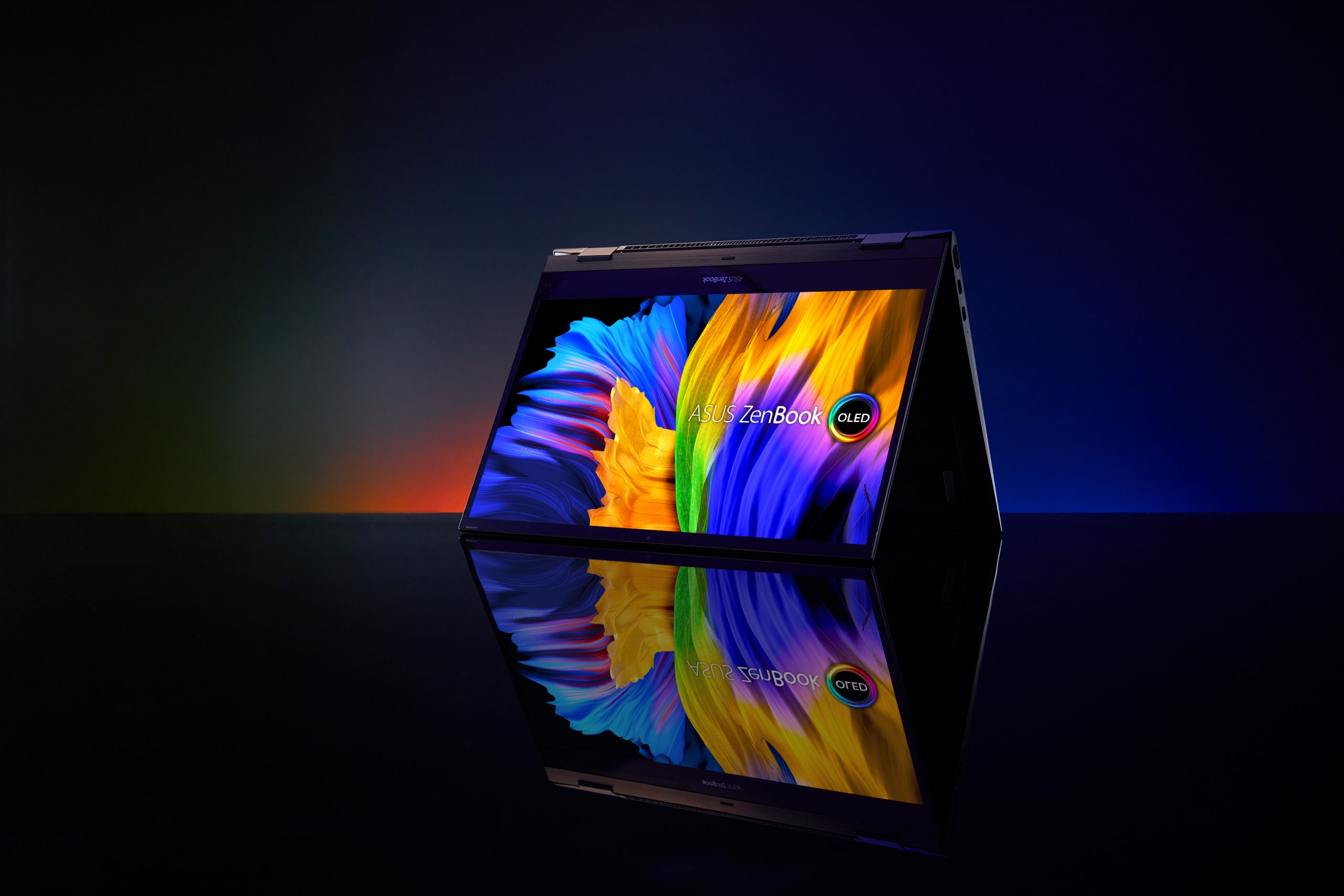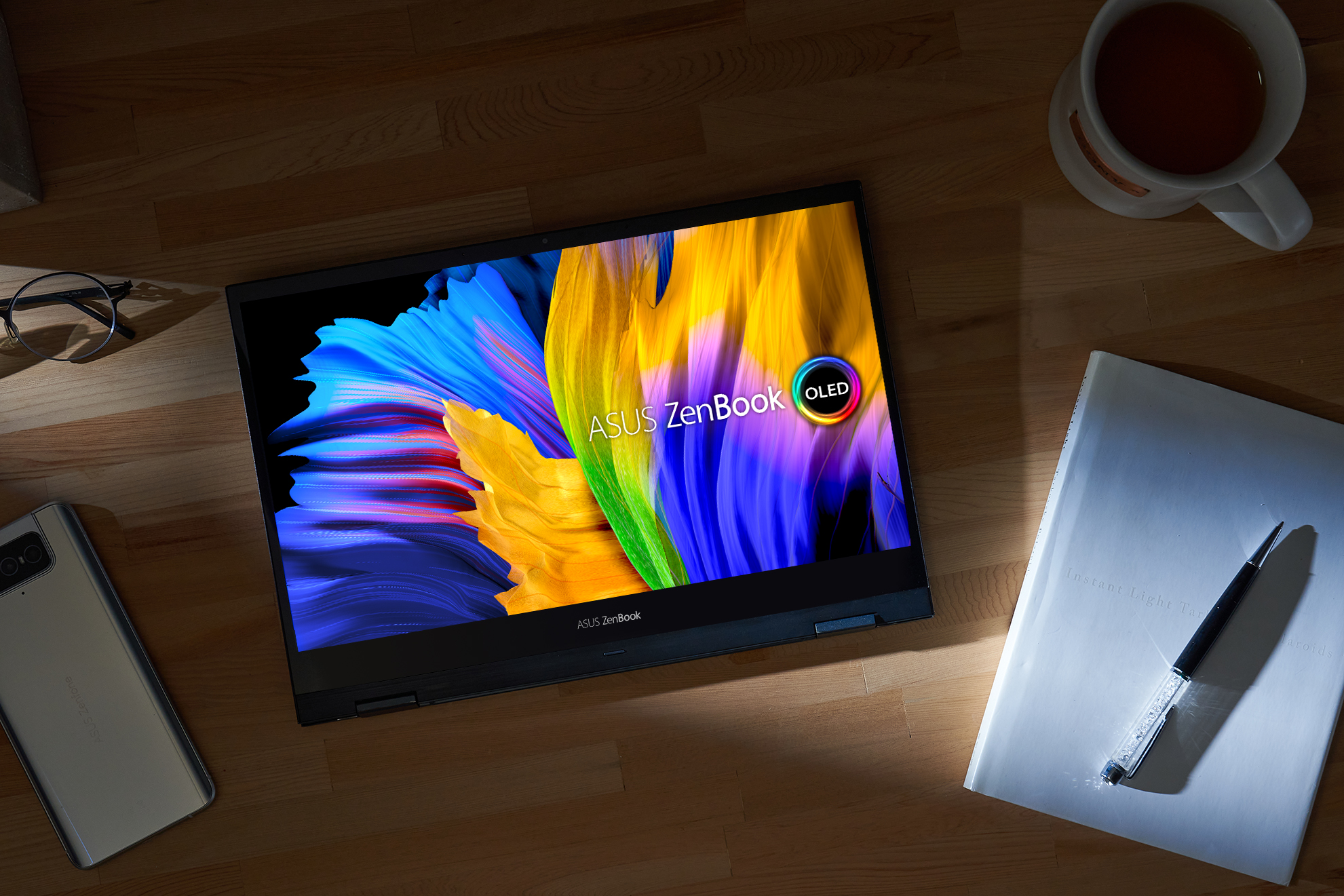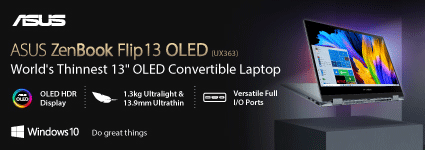5 Reasons To Switch Your Laptops For A Better, Immersive & Safer Experience
 Thirsty for JUICE content? Quench your cravings on our Instagram, TikTok and WhatsApp
Thirsty for JUICE content? Quench your cravings on our Instagram, TikTok and WhatsApp

While being stuck at home for the majority of the past year, how many hours do you think we’ve racked up from staring at a computer screen?
Ensuring the best experience when it comes to something we use on a daily basis has never been so important.
Here’s 5 reasons why you should switch out your laptops to prioritise both your health and user experience:
1. Permanent ocular degeneration – irreversible damage to our retinas

According to preventblindness.org, studies suggest that continuous exposure to blue light over time could lead to damaged retinal cells. This can cause vision problems like age-related macular degeneration.
Let’s pause for a quick Science lesson; what is blue light?
So we all know that sunlight is made up of all the colours of the rainbow, and that they all have different energies and wavelengths. Blue rays have shorter wavelengths and more energy.
Blue light exposure you receive from screens is small compared to the amount of exposure from the sun. And yet, there is concern over the long-term effects of screen exposure because of the close proximity of the screens and the length of time spent looking at them.
2. Circadian rhythms – blue light fools your body into thinking it’s day when its night

Speaking of blue light, being exposed to too much screen time in the evening affects our circadian rhythms and suppresses the body’s release of melatonin, a hormone that makes us feel drowsy.
Light is the most important factor in aligning circadian rhythms and, for much of human history, these rhythms were closely aligned with sunrise and sunset.
With the advent of artificial light and electronics, people are being exposed to increasing amounts of light before bedtime.
While all types of visible light can affect circadian rhythms, blue light has the largest impact.
Surely, most of us can relate when it comes to this. That “one last episode” could actually cost you the whole night.
3. It affects kids – more than half the population have their own tablets

Our version of babysitting now is basically placing kids in front of screens and putting on a colourful, educational show. Today’s children grow up with a vast array of electronic devices at their fingertips.
Statistics on healthline.com have shown that 41 percent of parents say their kids spend three or more hours per day staring at screens. It was also found that 66 percent of kids have their own devices.
But this is a necessary evil due to many of the education channels being distributed via the internet, and it only stresses the importance of maintaining healthier and safer ways to minimise risks of health complications.
4. Posture – pressure at all the wrong places

If you’re spending your hours in front of a laptop, chances are you’re in your prime years with the back pain of a 90-year-old.
Laptop computer screens and keyboards are joined, and oftentimes our laptops have limitations as to how much bend they allow when adjusting the height and distances.
This causes posture issues and neck pains that feel like we’ve been carrying the weight of the world on our shoulders.
Using a laptop for long periods of time causes you to bend your head forward. That puts pressure on the bones called vertebrae at the top of your neck, which can trigger headaches and pain in your back and neck.
5. Environmental drawbacks – LCDs release poisonous greenhouse gases

I’ll bet you didn’t know this; electricity consumed by Liquid Crystal Display (LCD) monitor manufacturing and usage contributes to the release of greenhouse gases (Co2) into the environment.
For those of you who don’t know, most of our laptops use LCD screens and are contributing to this environmental pollution.
Not only that, LCD screens have been known to be harmful to our own well-being too.
An article published by It Still Works says, “Burning eyes and headaches can result from increased luminescence or brightness of LCD displays. Prolonged exposure may also cause cancer in humans and animals.”
But don’t worry, we’ve got you covered.

The ASUS Zenbook OLED laptops offer the solutions fit for all of these issues. Currently, ASUS is the world’s 1st PC brand with complete OLED laptop solutions.
ASUS OLED laptops have 70 percent less harmful blue light, which already curb the problem of retinal damage and sleep quality concerns.
By design, OLED (organic light-emitting diode) screens emit less blue light, resulting in less chance of disturbance to delicate circadian rhythms and consequent issues with sleep.

The low blue light levels are especially easy on children’s developing eyes, making this laptop an ideal platform for younger users engaging in learning and play alike.
After a long day at work, it’s no surprise that we just want to unwind with some good ol’ Netflix binging. With the ASUS Zenbook, you could simply make use of the 360° feature and convert your work laptop into an entertainment tablet.

During long typing sessions, the ErgoLift hinge saves your fingers and wrists by raising the back of the laptop when it’s open in clamshell mode.
And despite being a convertible, ASUS designed it to be extremely portable with the light weight of 1.32kg. You could easily lug this device around the house, or anywhere, for your every need.
Some workdays slip into overtime, and you’ll probably want to continue using your laptop tether-free when you come home.
Battery life up to 16 hours gives you plenty of time for both, and then some, and it can charge up to 60% capacity in just 49 minutes.

It’s also built for creatives and designers, with the touchscreen feature and tablet mode for quick note-taking and freehand content creation using the ASUS Pen.
And the rest of their features are just great bonuses, honestly.
ASUS Zenbooks have vivid displays for precise creativity, colour work and vibrant visual entertainment to produce stunning rich colours even at low brightness.

It also reproduces blacks perfectly and allows users to see previously unseen details in dark movie scenes.
And a personal favourite, 0.2 ms response time to allow for blur-free action scenes in movies and games. The exceedingly fast response time of OLED panels guarantees that the picture will remain crisp as you scroll through documents, spreadsheets, or webpages.
If you would like to find out more about ASUS OLED laptops including two other higher-end 4K models — one of which has a dual-screen — head on over to the ASUS OLED Laptop page.


 Get Audio+
Get Audio+ Hot FM
Hot FM Kool 101
Kool 101 Eight FM
Eight FM Fly FM
Fly FM Molek FM
Molek FM

